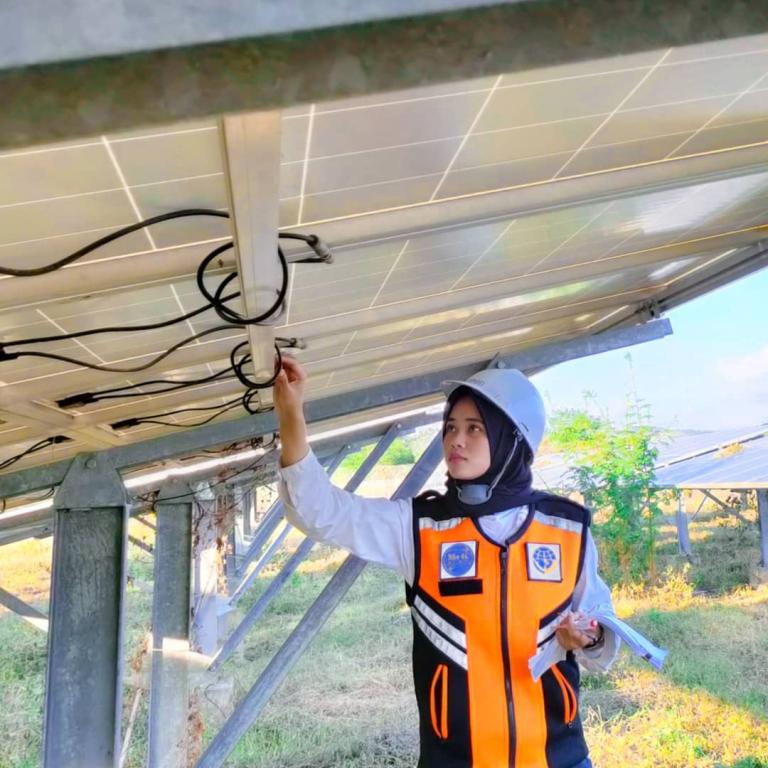From Coal to Clean: Indonesia’s Java-Bali Grid to Receive Green Energy Boost

The 160 million people living on the Indonesian islands of Java, Madura and Bali are heavily reliant on electricity generated from burning coal. But PLN, the state-owned electricity company responsible for the region's power grid, wants to change that—through an infrastructure upgrade that will enable the grid to take more electricity from renewable sources, leading to a massive reduction in the country’s greenhouse gas emissions.
With backing from UNOPS’ Energy Transition Partnership, a multi-stakeholder partnership aimed at advancing green energy transitions, PLN is upgrading its grid to take electricity from solar and wind power plants with a combined installed capacity of 3.2 GW by 2030. UNOPS is assisting PLN in the engineering and design of new control center technology that will equip the grid with the flexibility to handle fluctuating energy loads from renewable sources, rather than only the constant energy loads associated with coal-fired power plants and other fossil fuels.
The control center technology upgrade promises to be a game-changer for Indonesia’s overall energy mix, said Sinthya Roesly, Director of Finance at PLN. “The upgrade of the Java-Bali control center will enable PLN to transform into a champion of [green] energy transition and begin the process of adjusting the power system to a flexible and dynamic one, able to reap the benefits of a low carbon energy system,” she said.
UNOPS’ ETP promotes sustainable energy transition across Southeast Asia by bringing together funders and knowledge partners across the region. “This upgrade will remove the significant physical barriers to integrating renewable energy in the energy supply in Java-Bali, the largest electricity system in Indonesia,” said Sirpa Jarvenpaa, Director of ETP.

